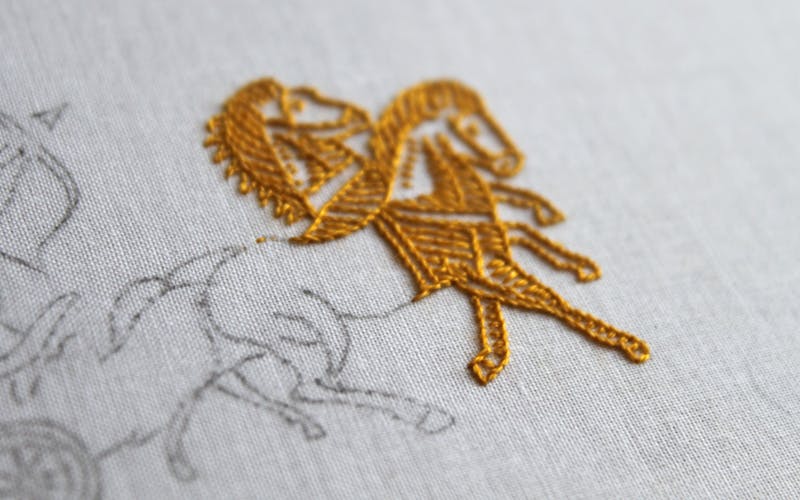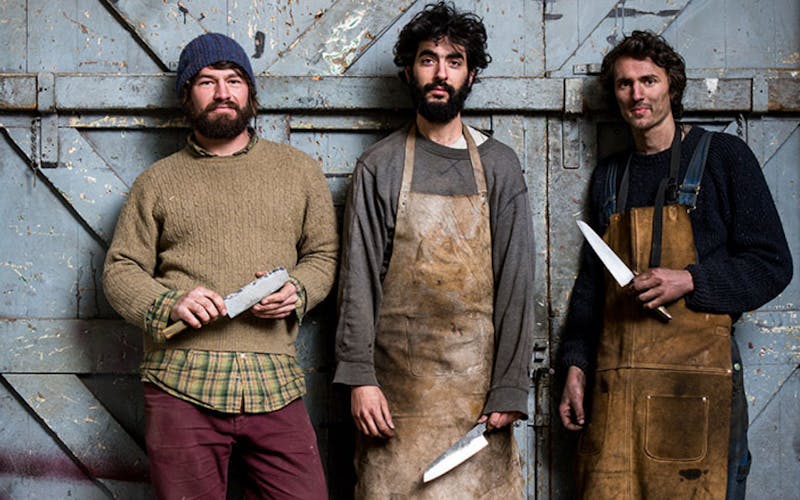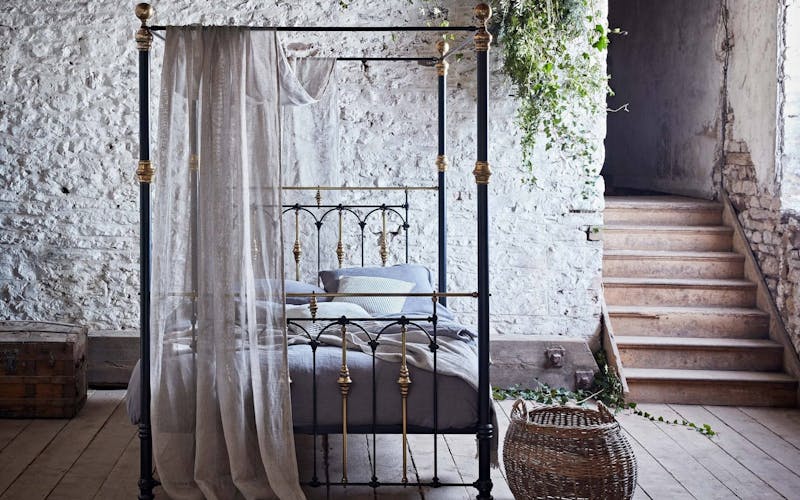

for Walpole members and
non-members available now
at The Londoner



Watching Simon Moore at work has been described as “a cross between a religious ceremony and a magic show”. When it comes to blowing glass, the 63-year-old is considered a maestro: a man who can transform molten sand in his 1080-degree Hertfordshire furnace into just about anything, whether that’s a tumbler for a supermarket chain or a historical reproduction for the Queen.
Unlike many so-called “glass artists” (a term he abhors), Moore’s forte, he says, is being able to make specific pieces again and again. Precision, rather than artistry, is his forte. Which is why he was the man called to the palace of Versailles to re-create four identical metre-long arms for an antique chandelier, or why high-street chains such as Tesco and Next turn to him for handmade tumblers and wine glasses. It’s also why he gets urgent calls asking him to fix things, whether that’s for the National Trust and Sotheby’s, or Buckingham Palace, where he was summoned to recreate a giant receiving dish in the ballroom. “Some rather silly electrician had dropped a screwdriver through the old one, and we had four days to replace it for some do,” he chuckles. “It was one of the biggest things I’ve ever made, too: about a metre in diameter… but we did it.”
Given how much we use glass in our 21st-century homes – both as decoration and as vessels from which to eat and drink – you’d think his business would be booming. But it’s not. That’s not only because, he says mournfully, giant industrial glass factories have created a cheap market for mass-produced glass, but because the skills are dying out. It takes seven years to become a “decent glassmaker”, he says – the same time it takes to become a doctor. “And young people don’t have the patience, or the commitment… I keep taking on apprentices, but they want to be instant stars, and be on Instagram. They go to art school and think they are artists. They don’t seem to realise the skill is being able to do the same thing again and again.”
Many others, he says, just don’t have the right temperament. “To be a good glassmaker, you have to keep learning all the time,” he says: testing new pigments, experimenting with glass in various stages, cutting and layering it, or painting with it. For his latest project, for Richard Brendon – a limited collection of green bottles and tumblers for London Craft Week, based on antiques made in London around 1650 – he had to ask a glassmaker friend in Murano to help him create the right colour, and a pigment company in Sweden to make it, because even after 44 years of working with glass, he couldn’t master the precise colour he needed. “Coloured glass is an absolute art,” he says, “and every glasshouse has its secret recipe which they don’t give away.” Even once you have the recipe, you have to understand how colours might work under different temperatures, and levels of humidity and pressure. “In Czechoslovakia and Murano [where some of the best glassmakers still work], they wouldn’t make red glass if it was humid: as that water could get drawn in,” he says.
Rather conversely for someone who has been head of design for Salviati and Dartington, and who has crafted collections for Anish Kapoor, Tiffany & Co, Nicole Farhi, Tom Dixon and Nigel Coates, Moore has only two glass items on display in his own house: a sooted vase and a Venetian-style dish. They’re shown not for their artistic merit, he explains, but their proportions and their colours. “All modesty apart, the glassmaking is exceptionally good,” he says. “They’re reminders of what can be achieved if you keep at it.”
Simon Moore’s pieces for Richard Brendon will be available on richardbrendon.com, matchesfashion.com and at Selfridges from October.





